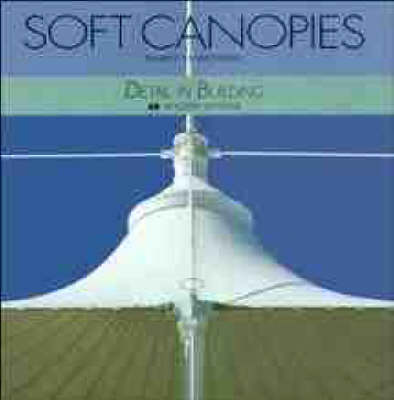Detail in Building S.
1 primary work • 2 total works
Book 2
The second title in "Detail in building" series selects eight masterly examples of textiles canopies from the contemporary work of leading international architects. Soft canopies are flexible lightweight membranes held in tension by systems of masts and cables. The entrance canopy has traditionally been an important and symbolic aspects of all architecture linked as it is to the major point of entry. Today the canopy remains a design detail of critical importance, yet one that is often designed to a lower standard than that of the building which it should enhance. As important today as in earlier centuries, the canopy in general is discussed in historical detail in the introductory essay, where examples provided by such masters as Alvar Aalto, Le Corbusier and Frank Lloyd Wright are analysed and set the context for comparative studies of the present state of the art among contemporary architects of international repute, utilising current technology in the use of textile fabrics including the Papal canopy, Bamberg, Germany, by Frei Otto; the ticket office, Buckingham Palace, London by Michael Hopkins and partners; and the Haj Terminal, Saudi Arabia by SOM.
Detailed technical drawings are complemented by extensive photographic documentation of built examples, in colour. The series will assist students and practitioners alike in resolving current design problems, providing an easy and comparative reference related to various structural solutions.
Detailed technical drawings are complemented by extensive photographic documentation of built examples, in colour. The series will assist students and practitioners alike in resolving current design problems, providing an easy and comparative reference related to various structural solutions.
The history of the glass roof goes back to roughly the end of the eighteenth century, when a five-thousand-year-old material began to be used in architecturally unprecedented ways. The development was centred in an evolving new building type--the glass-framed horticultural conservatory. This, the third title in the series, deals with glass canopies, tracing the history of the use of glass in building and focusing on five specific case studies.

